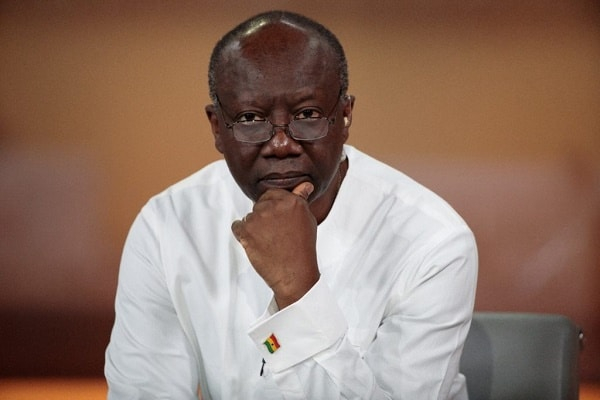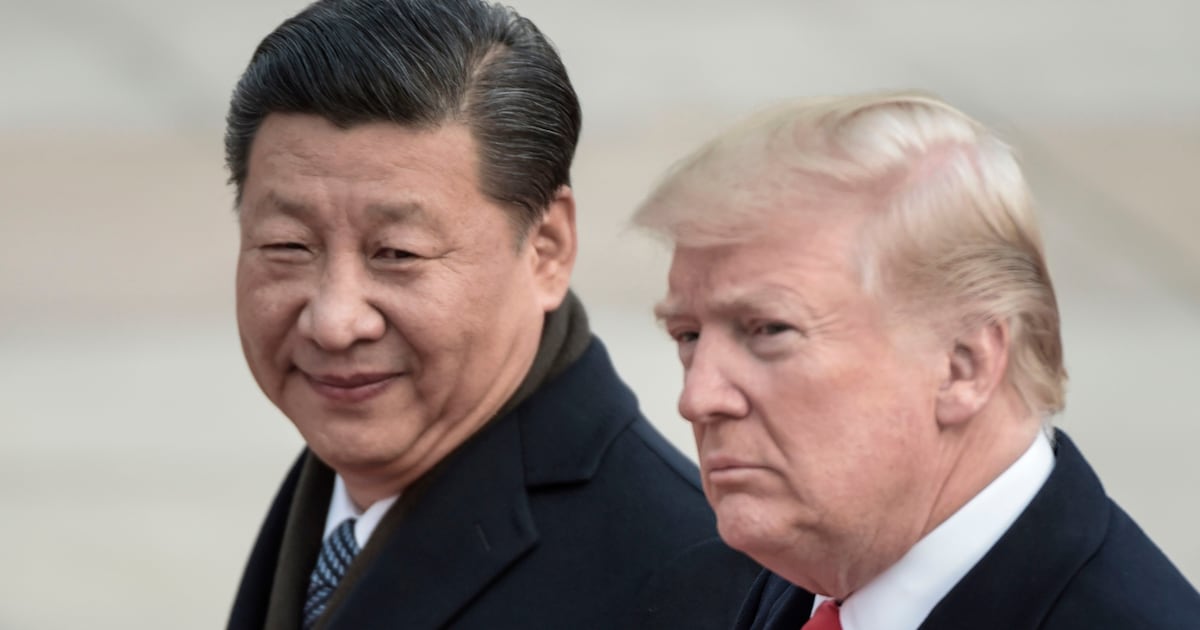US dollar slides as sentiment soured by steel tariffs, China tensions | MarketScreener UK
TOKYO (Reuters) - The U.S. dollar edged lower on Monday, giving back some of its gains from last week, as markets weighed the outlook for President Donald Trump's tariff policy and its potential to constrict growth and unleash inflation.
The greenback starts the week on the back foot after Trump said late on Friday that he plans to double duties on imported steel and aluminum to 50% from Wednesday, and as Beijing hit back against accusations it violated an agreement on critical minerals shipments.
China's Commerce Ministry said on Monday the charges were "groundless," and promised to take forceful measures to safeguard its interests, without elaborating on potential steps it could take. Treasury Secretary Scott Bessent said on Sunday that Trump and Chinese President Xi Jinping will likely have a call soon, and "this will be ironed out."
The dollar dropped 0.3% to 143.57 yen as of 0439 GMT, giving back some of its more than 1% rally from last week.
The euro gained 0.1% to $1.1362, and sterling advanced 0.2% to $1.3485.
The Australian dollar added 0.3% to $0.6453 and the New Zealand dollar rose 0.4% to $0.5994.
The U.S. dollar index, which measures the currency against six major peers, eased 0.1% to 99.283.
The U.S. currency has been whipsawed for weeks by Trump's on-again-off-again trade war, falling when a flare up in tensions stokes worries of a potential U.S. recession.
The dollar witnessed weekly tumbles of 3% against major peers in the days after the April 2 "Liberation Day" tariffs and 1.9% two weeks ago, when Trump threatened 50% levies on Europe.
Last week, the greenback got a bit of respite, rising 0.3% after talks with the European Union got back on track and a U.S. trade court blocked the bulk of Trump's tariffs on the grounds that he overstepped his authority.
Although an appeals court reinstated the duties a day later as it considers the case, and Trump's administration said it had other avenues to implement the levies if it loses in court, many analysts said it shows there are still checks in place on the President's power.
Goldman Sachs said it expected the 10% tariff floor for major trading partners to remain, in addition to sectoral tariffs.
"The risk remains that if tariffs are impeded, attention may shift to other ways of raising revenues which may be even more negative for the dollar," Goldman analysts said in a note.
Fiscal worries have spurred a broad "Sell America" theme that has seen dollar assets from stocks to Treasury bonds dropping in recent months.
Those concerns come into particular focus this week as the Senate starts considering Trump's sweeping tax cut and spending bill, which will add an estimated $3.8 trillion to the federal government's $36.2 trillion in debt over the next decade.
Many senators have already said the bill will need major revisions, and Trump said he welcomes changes. The fate of section 899 of the bill could be crucial, according to Barclays analysts.
"S899 would give the U.S. free rein to tax companies and investors from countries deemed to have 'unfair foreign taxes' (and) could be seen as a tax on the U.S. capital account at a time when investor nervousness towards U.S. assets has grown," they said in a research report.
"Actively reducing foreigners' total return on their U.S. investments would dent inflows and weigh on the dollar, all else equal," they added.
"While dollar sentiment/positioning remains close to extreme negativity, the path ahead is by no means clear cut."
(Reporting by Kevin Buckland; Editing by Lincoln Feast.)
By Kevin Buckland











